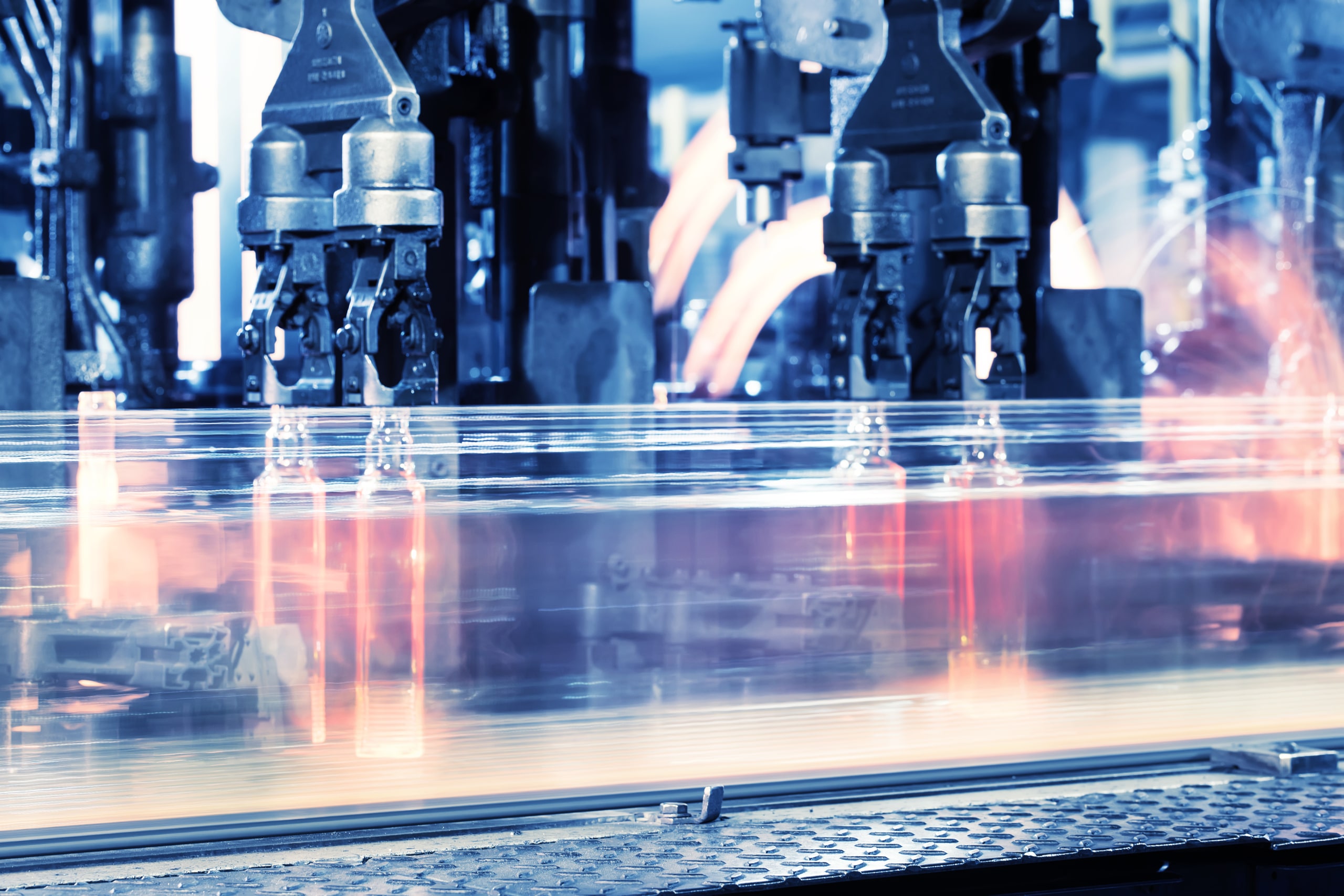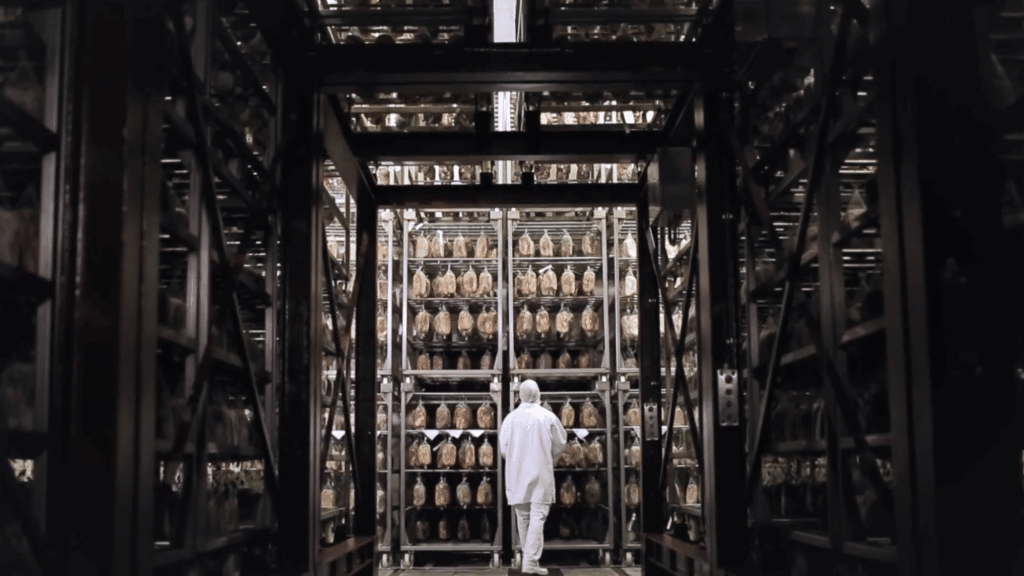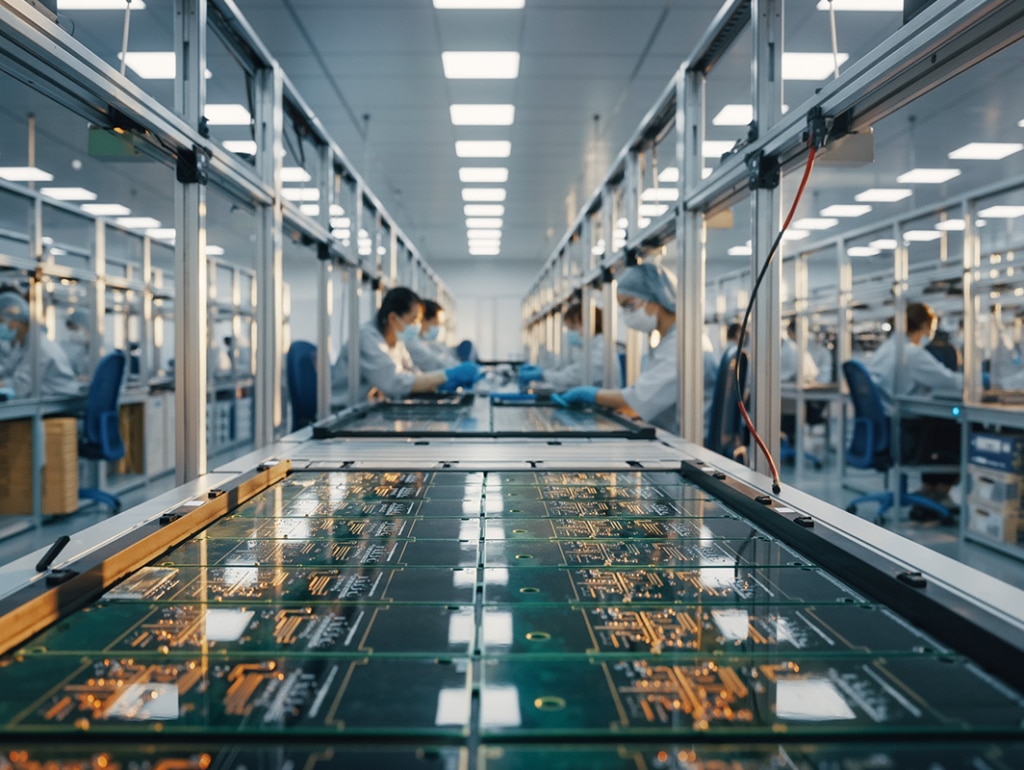Employees
Achieving a 40% Capital Expenditure Reduction in New Glass Technology Commercialization
A leading global manufacturer of glass containers partnered with EFESO to reduce capital expenditure in the commercialization of a new glass production technology. By applying Value Engineering and Lean Product Development principles, the company achieved a 40% CapEx reduction—far exceeding initial targets—while strengthening technical feasibility, internal alignment, and cross-functional collaboration.

Our Client
One of the world’s largest glass container manufacturers serving the food and beverage industry. The company operates globally and is recognized for its commitment to packaging innovation and continuous process improvement.
Annual revenue

“[The project] brought out savings we never would have expected—this could be a game changer for how we approach new technology investment in the future.
“


The Challenge
The client aimed to commercialize a major new glass production concept but faced a significant challenge: the high capital expenditure required for the new equipment design. While internal targets sought a 10–15% cost reduction, leadership set a far more ambitious goal of achieving at least a 40% reduction to ensure financial viability.
- Cost pressure: Operating in a highly competitive market with tight margins demanded substantial cost efficiency.
- Internal skepticism: Teams believed the design was already optimized and saw limited potential for further savings.
- Low cost transparency: Many design elements were managed externally, reducing visibility into true cost drivers.
- Perceived disruption: Concerns arose about the time, effort, and potential delays of additional optimization work.
The client engaged EFESO to provide external expertise in value engineering and lean methodologies, ensuring a structured, evidence-based approach to uncover new opportunities and align all stakeholders.
Real Results Achieved Together
EFESO enabled the client to unlock substantial cost reductions and validate the technical and commercial viability of its new production technology, driving long-term competitiveness.
Reduction in Capital Expenditures for new production technology
Total savings identified from previously unrecognized opportunities
Cross-functional stakeholder participation across design, engineering, and operations
Transformation Impact
- Confirmed the technical and commercial feasibility of the redesigned production technology.
- Identified and realized significant hidden savings, strengthening the investment business case.
- Enhanced collaboration and buy-in across engineering, procurement, and operations.
- Established a repeatable framework for future technology efficiency projects.

Our Approach
EFESO implemented an intensive, data-driven approach combining Value Engineering, Lean Product Development, and structured stakeholder engagement to maximize impact in a short timeframe.
- VE 360 Workshops
• Brought together design, engineering, procurement, and operations in focused sessions to identify cost-reduction levers. - Lean Product Development
• Simplified product and equipment designs by removing non-value-added steps while maintaining performance standards. - Design Failure Modes and Effects Analysis (FMEA)
• Evaluated technical risks to ensure that cost reductions would not compromise quality, reliability, or manufacturability. - Stakeholder Mobilization
• Delivered quick, data-backed wins to overcome skepticism and build momentum for implementation. - Implementation Roadmap
• Developed a structured plan prioritizing CapEx reduction initiatives with clear technical and commercial justification for alignment and supplier negotiations.



Facing Similar Capital Expenditure Challenges?
- Struggling to meet ambitious CapEx reduction targets in new technology investments.
- Seeking to align cross-functional teams around value engineering and lean design principles.
- Looking to uncover hidden savings while ensuring product reliability and manufacturability.








